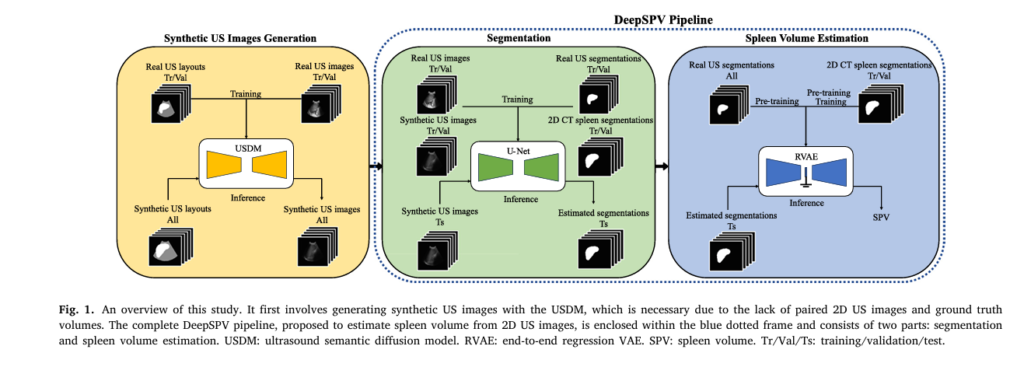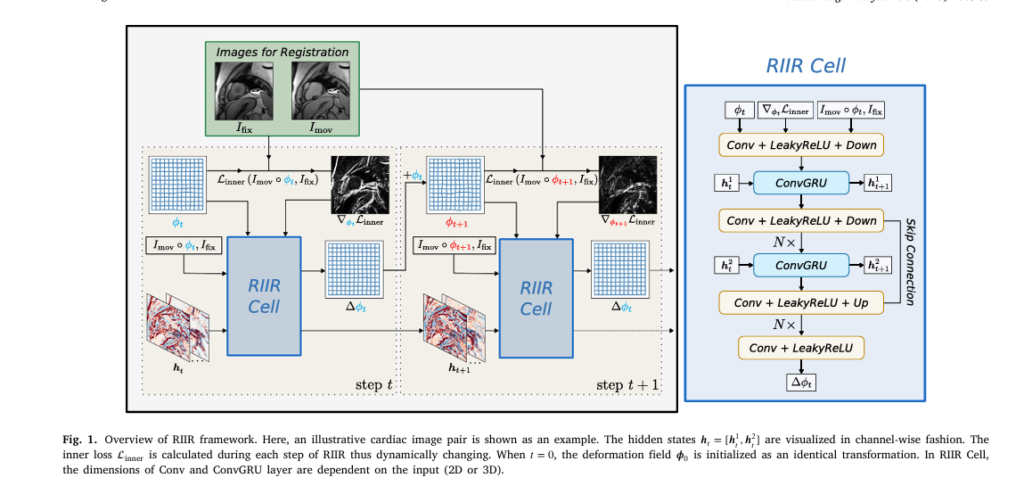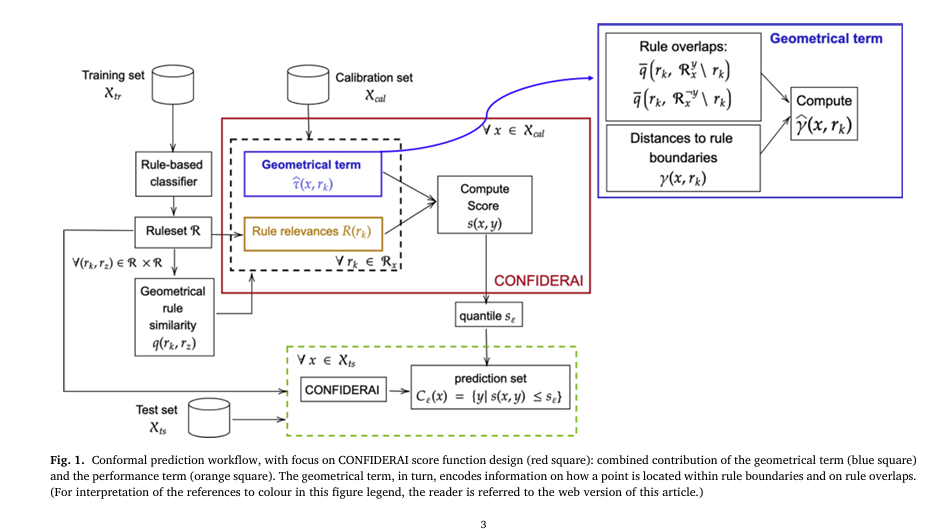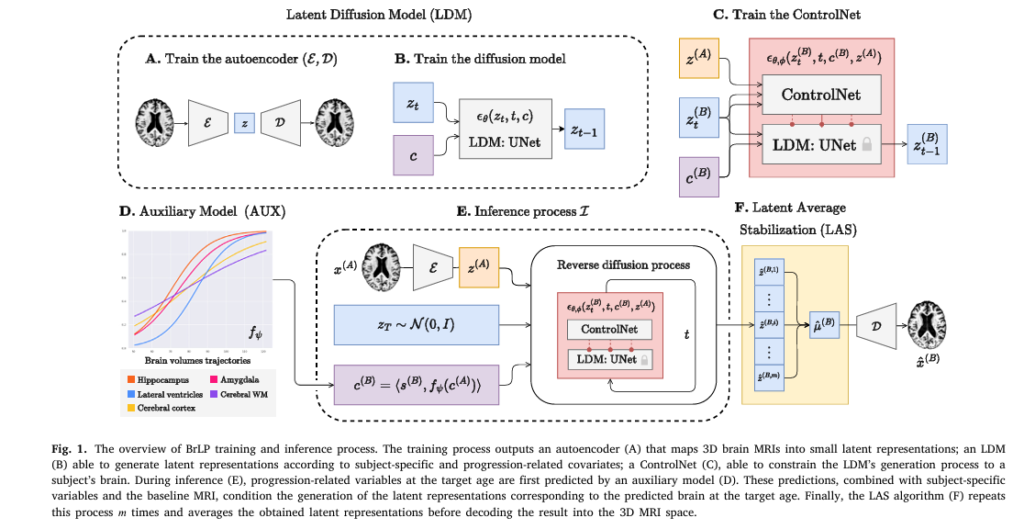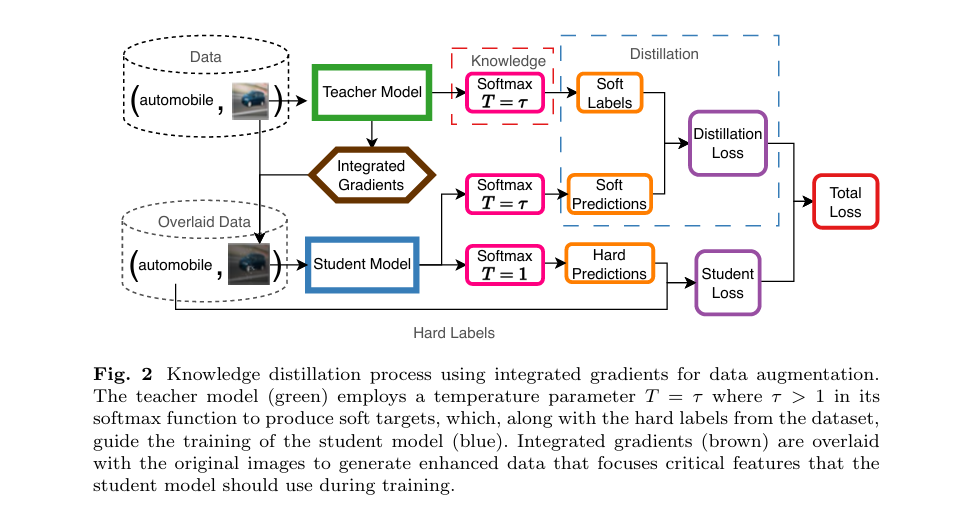DeepSPV: Revolutionizing 3D Spleen Volume Estimation from 2D Ultrasound with AI
In the rapidly evolving field of medical imaging, accurate and non-invasive assessment of organ size is critical—especially when managing chronic conditions like sickle cell disease (SCD) and liver disorders, where splenomegaly (enlarged spleen) is a common clinical indicator. Traditionally, clinicians rely on manual measurements from 2D ultrasound (US) images, which are quick and accessible but […]
DeepSPV: Revolutionizing 3D Spleen Volume Estimation from 2D Ultrasound with AI Read More »

